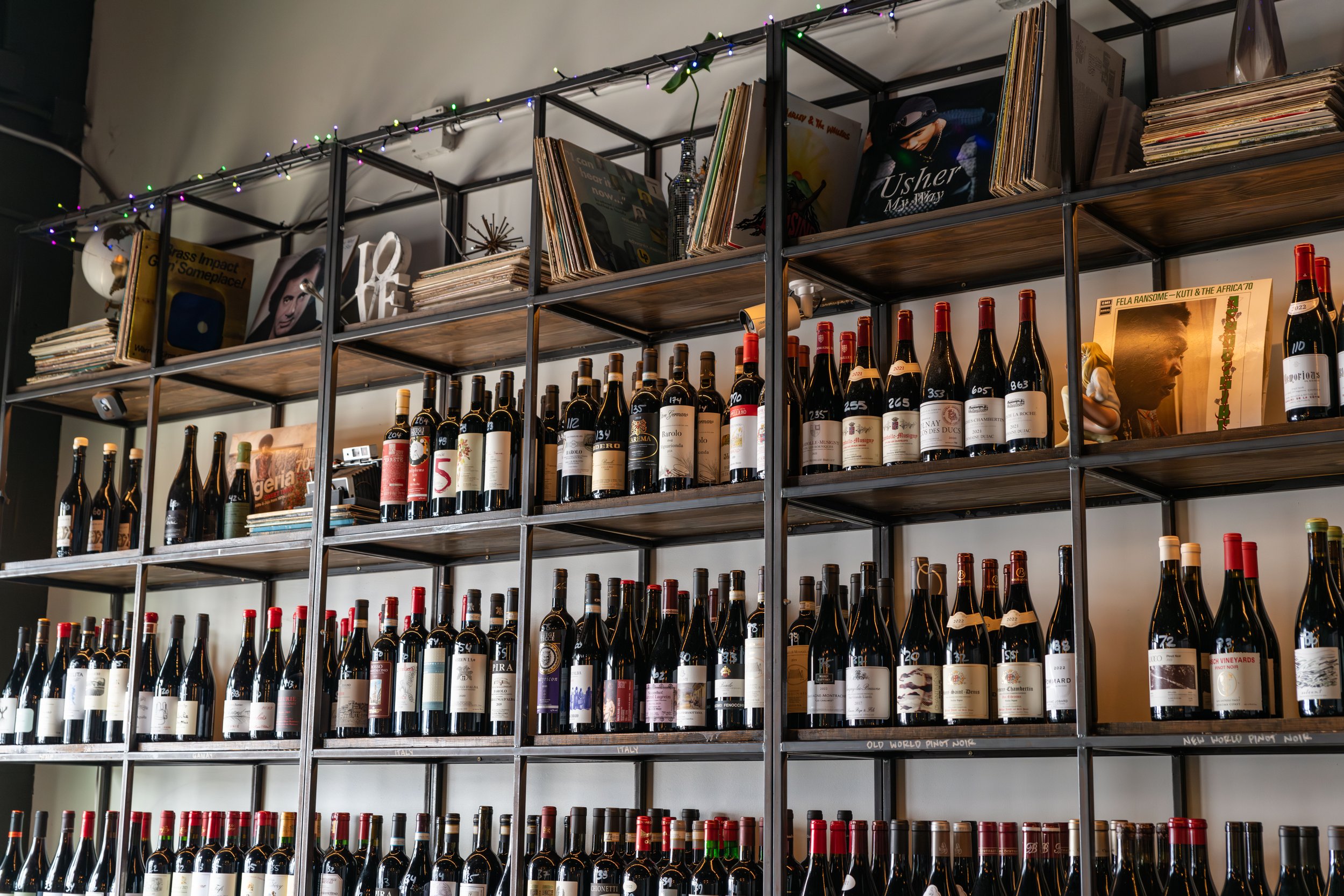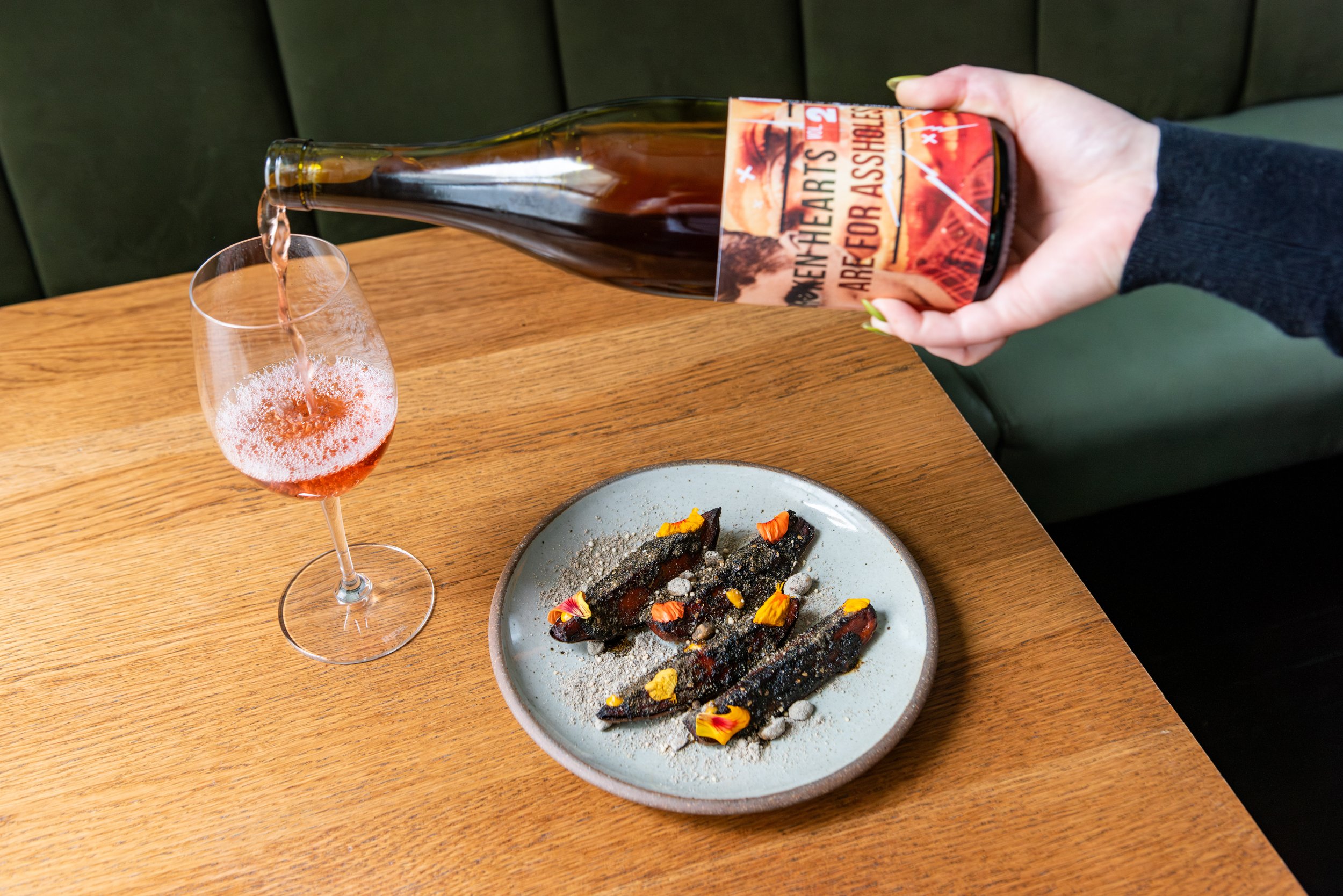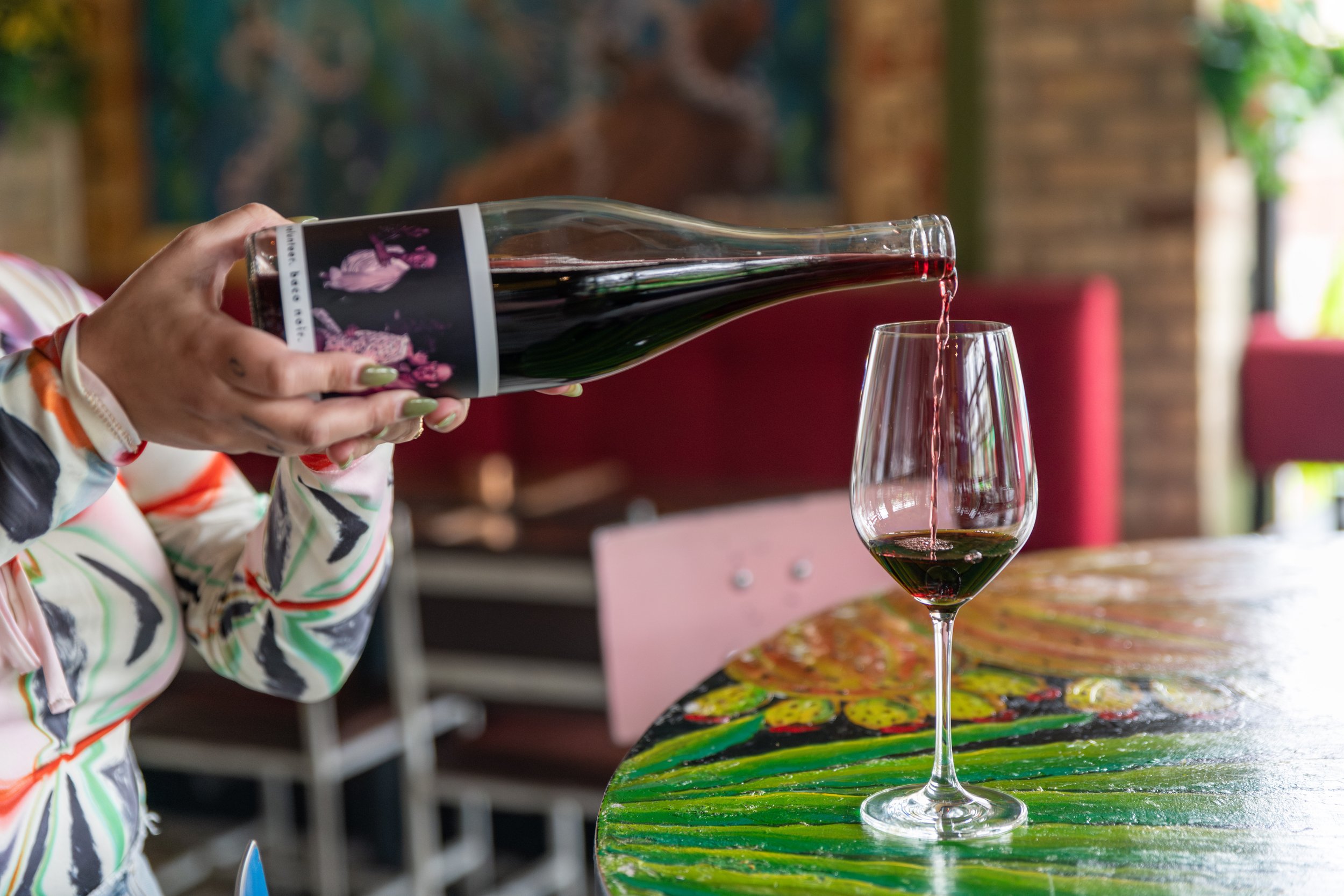Somms Act Like They Don't Know
If you don’t know Baja wines, here’s your primer from Sommelier Ryan Arnold.
It’s often overlooked that Chicago has one of the largest and oldest Mexican communities in the United States. As wine director of Lettuce Entertain You Enterprises, it was only natural for my curiosity to be piqued by all the happenings in the world of Mexican wine.
I’ve come to realize that Mexican wine producers are going through something similar to what hip-hop artists went through in the 1990s. Hear me out: In both cases, the product is/was new, and you don’t know exxxactly what’s happening, but you know it’s special, and you know it’s going to have a great impact. So, I hit up my friend, Sommelier Leslie LaRue Lamont, who led the charge with Baja wines through her former program at Leña Brava.
“The Valle de Guadalupe region in Baja California, Mexico, is the next frontier,” says Lamont. “Many of the wines from this region are incredibly unique and unpretentious, reflecting the nature of Mexico. Because the region is relatively young, there aren’t strict vinicultural laws. Producers can experiment with blending grapes that are rarely found together. They’re also exploring all different styles of winemaking, ranging from traditional method sparkling wines and food-friendly rosés to mineral-driven whites and biodynamic reds.”
A less than two-hour drive south from Tijuana and 14 miles northeast of the coastal town of Ensenada, Valle de Guadalupe is surrounded by undulating hills with a climate reminiscent of the more arid regions of the Mediterranean. Valley days are hot with temperatures dropping to around 30°F at night—perfect grape growing conditions. The cool morning fog and sea breeze from the Pacific create natural refrigeration for the grapes, while the sunshine throughout the day allows them to grow.
The soils in the Valley are comprised of a combination of exposed granite, red clay, and sand. The Baja peninsula was a seabed for hundreds of years, so a common characteristic found in many wines from Baja is a very defined salinity or brininess, most notably in the reds.
“These wines are lighter, softer, and more fruit-forward in nature and perfectly complement a seafood-focused menu, while also highlighting the depth of spice and the diversity of textures found in live-fire cooking,” says Lamont.
Hopping on Lamont’s bandwagon, I found an effective way to further the conversation about Baja is by showcasing Mexican wines in non-Mexican restaurants. At Lettuce’s Summer House Santa Monica, the reds are elegant and filled with energy! One Baja wine I’ve included in our program there is Fluxus Tinto, a GrenacheSyrah-Mourvèdre blend. Lighter and filled with mouthwatering, crisp red fruit, it’s an excellent complement to the seasonal, vegetable-forward California cuisine. If you don’t know, now you know.
BAJA GRAPES
Barbera, Sangiovese, Grenache, Syrah, Mourvèdre, Chardonnay, Vermentino, Shiraz, Merlot, Tempranillo, Nebbiolo, Cabernet Franc, Cinsault, Carignan, Cariñena Petit, Moscatel Negro, Syrah, Cabernet Sauvignon, Ruby Cabernet, Zinfandel, Mission aka Listán Prieto
PRODUCERS OF NOTE
Fluxus, Casa Magoni, Paoloni Wines’ Villa Montefi ori, Casa de Piedra, Bichi Wines, La Escuelita, Adobe Guadalupe, Emevé, Henri Lurton, Aborigen Acrata, Paralelo Ensamble, Lomita, Finca La Carrodilla, Tres Valles, Topolovino, La Trinidad, Viñas de Garza, Literal, Mariatinto






Tips on building a wine list that works for everyone from Sommelier Thibaut Idenn of Alla Vita and Boka